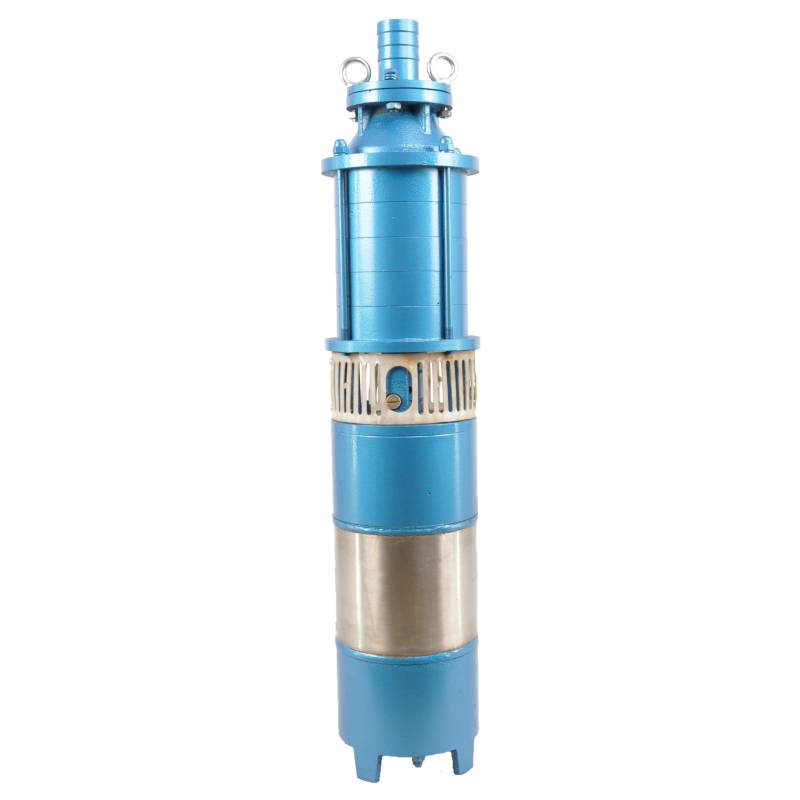Desemba . 16, 2024 19:51 Back to list
how to wire a pressure switch for a submersible pump
How to Wire a Pressure Switch for a Submersible Pump
Wiring a pressure switch for a submersible pump is an essential step in ensuring that your water system operates efficiently and reliably. This process involves connecting the pressure switch to both the pump and power supply, and understanding the specifications of your system can make this task manageable. In this article, we’ll walk you through the necessary steps, tools required, and safety precautions to take while performing this task.
Understanding the Pressure Switch
A pressure switch is a mechanical device that detects pressure levels in a system. In the context of a submersible pump, it is used to turn the pump on or off based on the water pressure in the system. When the pressure drops below a specified level, the switch activates the pump to fill the tank. Conversely, when the pressure exceeds a certain threshold, the switch turns the pump off to prevent over-pressurization.
Tools and Materials Needed
Before diving into the wiring process, ensure you have the following tools
1. Screwdriver (flathead and Phillips) 2. Wire cutter/stripper 3. Electrical tape 4. Multimeter (for testing) 5. Heat shrink tubing (optional) 6. Safety gloves and goggles
Additionally, gather the following materials to complete the wiring
1. Pressure switch 2. Submersible pump 3. Electrical wires appropriate to your pump and switch 4. Power supply ( breaker or fuse)
Step-by-Step Wiring Instructions
how to wire a pressure switch for a submersible pump

1. Turn Off Power Before starting any wiring, ensure you turn off the power supply at the circuit breaker. This is crucial to prevent electric shock.
2. Choose the Right Switch Location Locate a position for your pressure switch that is easily accessible yet protects it from water splashes. The pressure switch should be mounted near the pressure tank for optimal performance.
3. Identify Terminals on the Pressure Switch Most pressure switches have three terminals the line (L) terminal designed for incoming power, the load (T) terminal for the pump connection, and the common terminal used to complete the circuit. Consult the switch's manual for the specific terminal layout.
4. Wire the Pressure Switch - Connect the Power Supply Using your wire cutter/stripper, prepare the electrical wires from the power supply. Connect one wire to the line terminal of the switch. Ensure the connection is tight and secure. - Connect the Pump Take another wire and connect it from the load terminal on the pressure switch to the submersible pump’s power supply. Make sure the wires are securely fastened and shielded from moisture. - Connect the Neutral Wire If your setup uses a neutral wire, connect it to the common terminal, linking it to both the power supply and the pump as needed.
5. Seal All Connections After making the connections, use electrical tape or heat shrink tubing to insulate any exposed wire. This prevents any chance of short circuits or water infiltration.
6. Test the Connections Before restoring power, take a multimeter to check the continuity of the wiring. This ensures there are no shorts or faulty connections.
7. Restore Power and Test Functionality Turn the power back on at the circuit breaker. Test your pressure switch by monitoring the water pressure in your system. Adjust the settings if necessary—most switches have an adjustment mechanism to set the cut-on and cut-off pressures.
Final Thoughts
Wiring a pressure switch for a submersible pump might seem intimidating, but with the right tools, precautions, and a clear demonstration of steps, it can be done successfully. Always prioritize safety, and consult a professional if you feel unsure about any steps in the process. Properly wiring the pressure switch can enhance the efficiency of your water system, ensuring that you have a reliable supply whenever you need it.
-
Submersible Water Pump: The Efficient 'Power Pioneer' of the Underwater World
NewsJul.01,2025
-
Submersible Pond Pump: The Hidden Guardian of Water Landscape Ecology
NewsJul.01,2025
-
Stainless Well Pump: A Reliable and Durable Pumping Main Force
NewsJul.01,2025
-
Stainless Steel Submersible Pump: An Efficient and Versatile Tool for Underwater Operations
NewsJul.01,2025
-
Deep Well Submersible Pump: An Efficient 'Sucker' of Groundwater Sources
NewsJul.01,2025
-
Deep Water Well Pump: An Efficient 'Sucker' of Groundwater Sources
NewsJul.01,2025
-
 Submersible Water Pump: The Efficient 'Power Pioneer' of the Underwater WorldIn the field of hydraulic equipment, the Submersible Water Pump has become the core equipment for underwater operations and water resource transportation due to its unique design and excellent performance.Detail
Submersible Water Pump: The Efficient 'Power Pioneer' of the Underwater WorldIn the field of hydraulic equipment, the Submersible Water Pump has become the core equipment for underwater operations and water resource transportation due to its unique design and excellent performance.Detail -
 Submersible Pond Pump: The Hidden Guardian of Water Landscape EcologyIn courtyard landscapes, ecological ponds, and even small-scale water conservancy projects, there is a silent yet indispensable equipment - the Submersible Pond Pump.Detail
Submersible Pond Pump: The Hidden Guardian of Water Landscape EcologyIn courtyard landscapes, ecological ponds, and even small-scale water conservancy projects, there is a silent yet indispensable equipment - the Submersible Pond Pump.Detail -
 Stainless Well Pump: A Reliable and Durable Pumping Main ForceIn the field of water resource transportation, Stainless Well Pump has become the core equipment for various pumping scenarios with its excellent performance and reliable quality.Detail
Stainless Well Pump: A Reliable and Durable Pumping Main ForceIn the field of water resource transportation, Stainless Well Pump has become the core equipment for various pumping scenarios with its excellent performance and reliable quality.Detail
